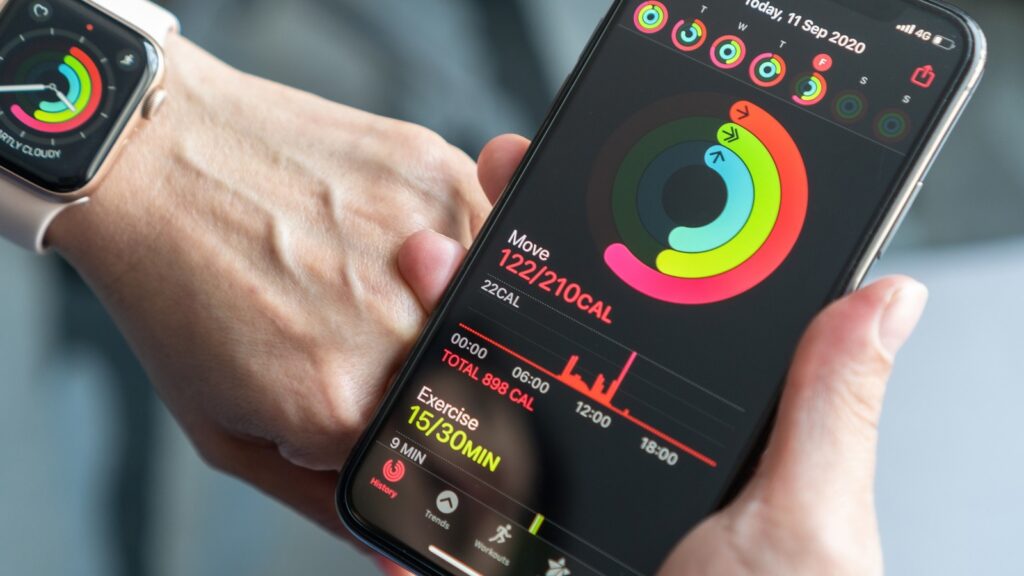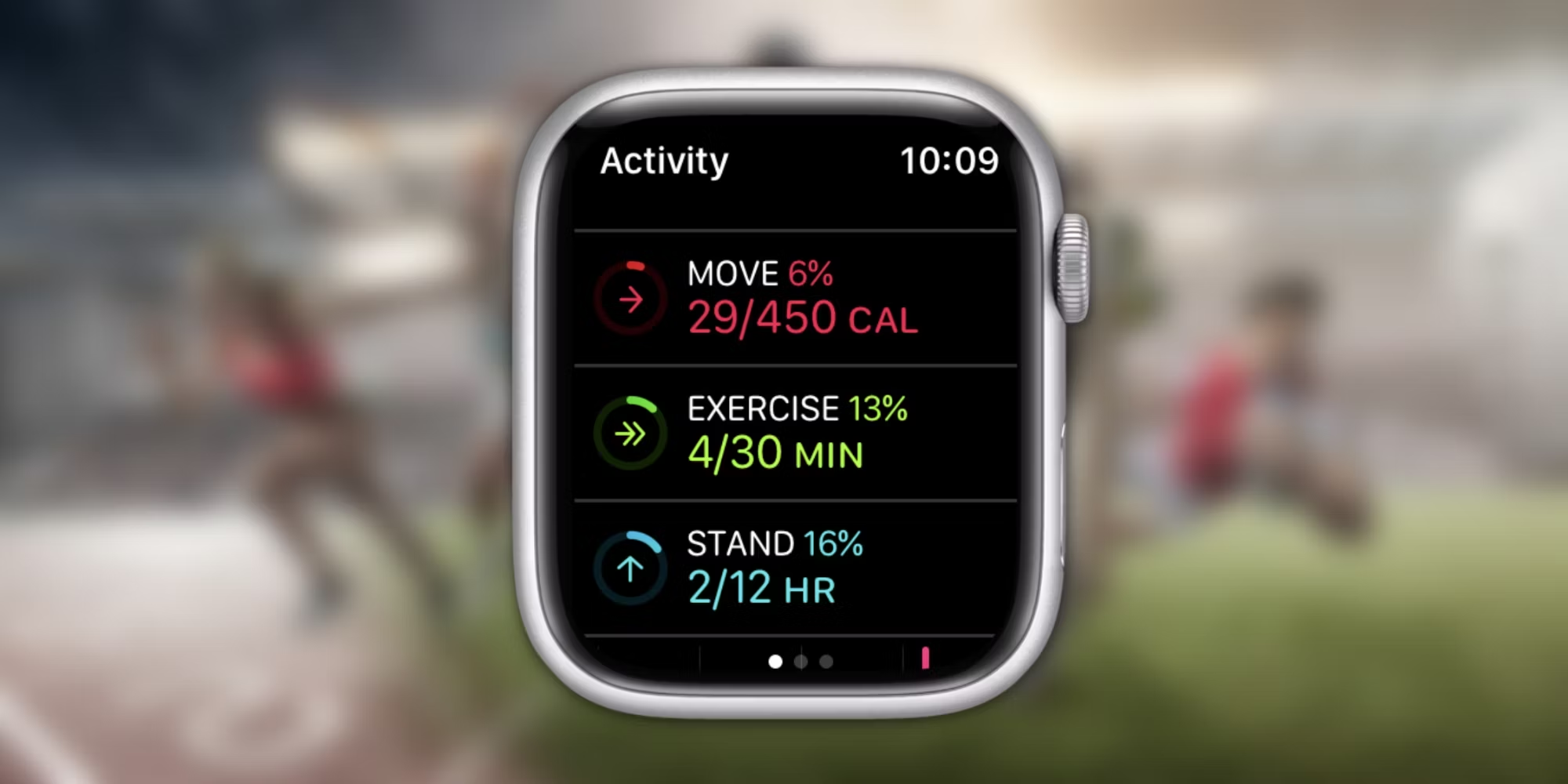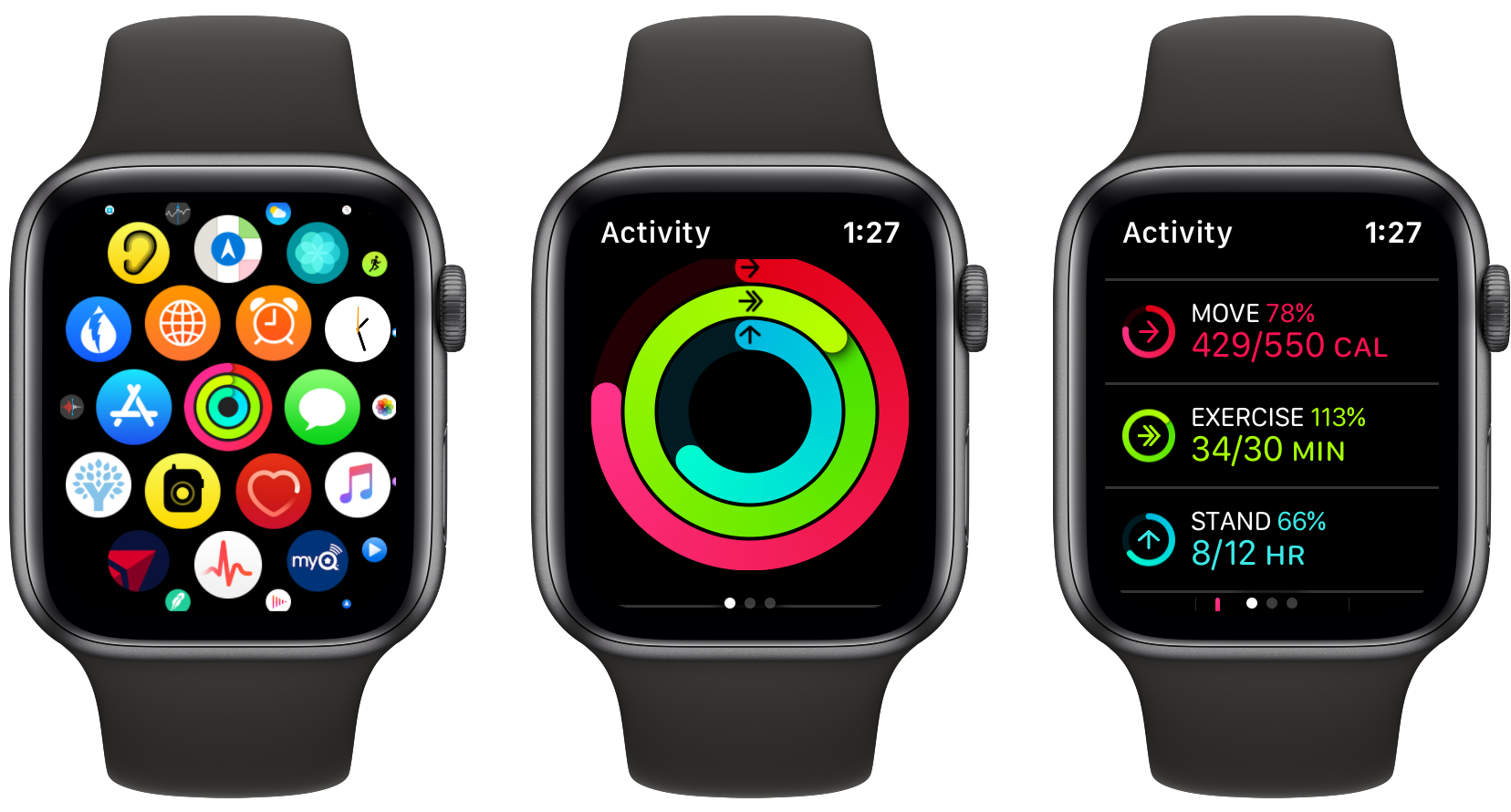Apple Watch Calories Count: A Comprehensive Guide for Health-Conscious Individuals
Introduction
As a health-conscious individual, tracking your calorie burn is crucial for monitoring your fitness progress. With the Apple Watch’s advanced fitness features, you may wonder if the calorie count it provides is reliable.

Table of Contents
Accuracy of Apple Watch Calories
Apple Watches utilize advanced sensors, including an accelerometer and heart rate monitor, to estimate calorie expenditure. While it’s not as precise as a metabolic cart, a study by Stanford University found that Apple Watches accurately estimate calories burned within 10%. This means that for most activities, the calorie count provided by your Apple Watch is a good approximation.
Comparison to Reference Values
To verify the accuracy of your Apple Watch calories, compare them to a known reference value. Use a treadmill with a built-in calorie counter or consult a metabolic cart at a fitness center. Perform a range of activities, including walking, running, and cycling, to assess accuracy across different intensities.
Factors Affecting Accuracy
Several factors can influence the accuracy of Apple Watch calorie tracking, including:
- Personal Metrics: Age, gender, weight, and height affect calorie expenditure. Ensure your Apple Watch has accurate information to provide personalized estimates.
- Activity Type: Apple Watches are better at estimating calories for structured activities like running or cycling. Informal activities like gardening or housework may not be as accurately tracked.
- Heart Rate Variability: The Apple Watch relies on heart rate data for calorie calculations. If your heart rate is irregular or elevated due to stress or illness, it may affect accuracy.
- Watch Placement: Wear your Apple Watch snugly on your wrist, not too loose or too tight. Incorrect placement can compromise sensor readings.

Using Apple Watch Calories Effectively
Despite limitations, Apple Watch calories can be a valuable tool for fitness tracking. Here’s how to use them effectively:
- Set Realistic Goals: Use the calorie count as a guide, not an exact measurement. Aim for a calorie deficit if you’re trying to lose weight or a surplus if you’re trying to gain weight.
- Track Trends: Observe how your calorie burn changes over time. This can help you identify patterns and adjust your activity levels accordingly.
- Combine with Other Metrics: Consider other fitness metrics like steps, heart rate, and sleep duration to get a more comprehensive picture of your overall health and fitness.

Conclusion
Apple Watch calories provide a reasonably accurate estimate of calorie burn for most activities. By understanding the factors that affect accuracy and using the information wisely, you can leverage your Apple Watch to monitor your fitness progress effectively and achieve your health goals.
Need to disconnect your devices? Check out our guide on how to unpair your Apple Watch. This tutorial provides clear, step-by-step instructions to help you unpair your watch from your iPhone, ensuring a smooth process and preparing your watch for a new setup or ownership.

My name is Oje and I’m obsessed with finding the latest tech gear to help people track progress and solve problems more efficiently. I spend countless hours researching and testing innovative apps, wearables, and devices for fitness, health, productivity, and more.
